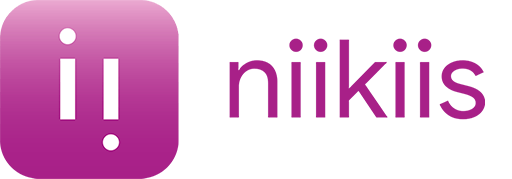Welcome, Julio. To begin with, we would like you to tell us a little about yourself and your passion for people.
So what is inclusive leadership all about?
Precisely what inclusive leadership seeks is the opposite, to encourage teams to include people of all types, and not just gender parity, but to promote generational, functional, cultural and sexual diversity. In addition to including different types of talents and skills and ways of processing information and managing it to achieve high performance teams.
What are the advantages of promoting inclusive leadership within companies?
From people's perspective, inclusive leadership generates zero tolerance for discrimination, so they will feel included, valued, listened to, feel they can be who they are without fear of possible reprisals or derogatory comments.
From the leader's point of view, it enhances both self and team learning, an open-mindedness that leads to the evolution towards high-performance teams.
What are the biggest challenges in implementing it?
75% of the people who are part of the labour market and who will enter it in the near future are millennials and centenials. The loss of fear of showing themselves as they are, and the needs and expectations of the labour market, are some of the main characteristics of these two generations to which today's leaders must adapt. I am not saying that this is the only way, but in my view, it is one of the best ways.
To do this, the first thing to do is to work on their self-awareness, their unconscious biases and the way they manage their emotions.
Now, it is not only the leader who must do this, but the team as a whole. If the leader encourages inclusion, but the team in parallel does not, his or her work will be for nothing.
What would you say are the best practices for good inclusive leadership?
The leader must have an inclusive vision and a forward-looking approach, leading by example and generating effective and realistic policies to promote diversity and take it seriously, not seeing it as a mere posture.
What tools can be used to facilitate inclusive leadership?
Moreover, as I said in the previous question, active listening is essential to generate the necessary trust that makes the team show itself as it is in order to give 100% of its potential.


 Employee database
Employee database  Documents and e-signature
Documents and e-signature  Reporting and analytics
Reporting and analytics  Payroll and incidents
Payroll and incidents  Time and Attendance Software
Time and Attendance Software  Shifts and task list
Shifts and task list  Absences & time-off
Absences & time-off  Workflows
Workflows  Expense management
Expense management  Recruitment and selection software
Recruitment and selection software  Onboarding
Onboarding  Training and procedures
Training and procedures  Internal communication
Internal communication  Performance assessment software
Performance assessment software  HR surveys and forms
HR surveys and forms  Chatbot
Chatbot 